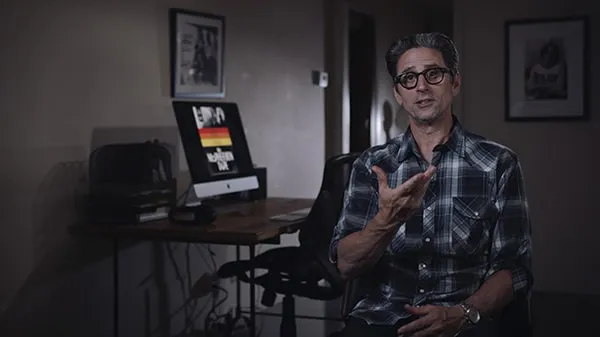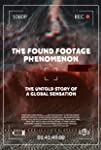Eye For Film >> Movies >> The Found Footage Phenomenon (2021) Film Review
The Found Footage Phenomenon
Reviewed by: Jennie Kermode

Ask most people about found footage – at least, those people old enough to remember a time before it was everywhere – and they’ll tell you it first appeared sometime in the Nineties, perhaps mentioning The Blair Witch Project. Sarah Appleton and Phillip Escott’s film begins by challenging this notion. Identifying elements of found footage as far back as the 1930s, it links the cinematic genre to the epistolary novel and examines the unifying idea behind numerous such works – the desire to convince viewers that what they’re engaging with is real. Early cinema, we are reminded, was basically a parade of shorts allowing people to witness things that they would probably never see in real life. Fiction came late to the party. Perhaps it still feels the need to justify itself.
This documentary sets out to explore the development of the phenomenon at the same time as tracking changing notions of what seems real and of how realness itself is understood and valued. Ruggero Deodato talks about the cannibal horror films of the Seventies and Eighties, whilst others reflect on the animal cruelty they feature (he doesn’t get room to give his usual defence that he was just filming what local people would be doing to the animals anyway) and how its proximity to the fake violence against humans makes the latter seem believable. They also reference the racist tropes in the films, raising questions about the responsibility that filmmakers have if their work is likely to be seen as real.
There’s a lot of affection amongst various interviewees for the BBC’s Ghost Watch programme, but flagged up alongside that is the furore it created within the corporation, where there were serious concerns about what it might do to its reputation for reliability. Today this seems remarkably prescient in view of how hard it has become to confirm the veracity of news stories, and the number of fake ones out there – themselves often featuring depictions of fake events which might be described as found footage. This gives the documentary a sense of timeliness and urgency which complements its examination of different types of media and invitation to wonder what the found footage of the future might look like.
From fictional film crews to the home security cameras of Paranormal Activity, the way Google Glass was used in Jeruzalem, the use of Zoom in Host and the increasing emergence of films focused around computer screens (like Megan Is Missing or the more recent #Blue_Whale), found footage is continually changing, driven not only by the availability of new technologies but by popular choices about what to trust. The documentary looks at each of these forms and at the balance between innovation – which naturally excites audiences – and the improvements in quality which can be seen as filmmakers become familiar with a form.
Part of the Frightfest 2021 line-up, this film covers a much broader spectrum of works than you might expect and will leave you with plenty more exploring to do. Perhaps because it’s to accessible to amateurs and those working on very low budgets, found footage hasn’t always been given much respect, but Appleton and Escott will leave you wanting more.
Reviewed on: 30 Aug 2021

















